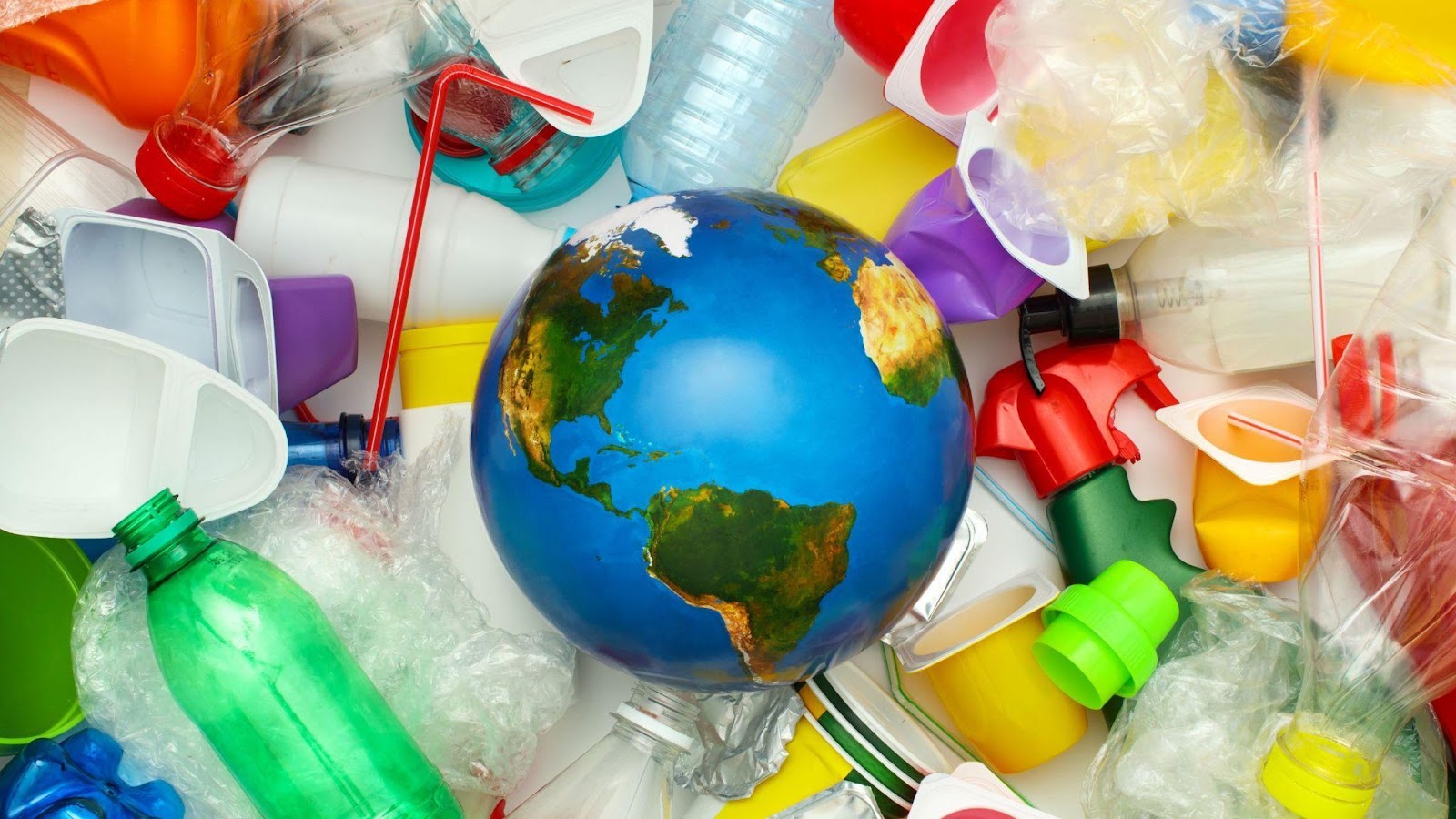10 Simple Ways to Reduce Plastic Pollution in Your Everyday Life

Plastic pollution is one of the greatest environmental challenges of our time, affecting ecosystems, wildlife, and human health. With millions of tons of plastic entering our oceans and landfills each year, the need for action is urgent. As an individual, you might feel that your choices don’t make a difference, but even small daily changes can have a significant impact when multiplied across a population. Here, I share ten simple ways to reduce plastic pollution in your everyday life. Each step can bring us closer to a cleaner, healthier planet.
Participate in Local Plastic-Free Initiatives
The Power of Community Influence
Local efforts amplify individual actions and promote awareness within communities. Plastic-free initiatives can create lasting changes by encouraging others to adopt more sustainable habits.
The Solution: Join or Start a Local Initiative
Participate in local clean-ups, join zero-waste groups, or start a community initiative. Incorporating a green investment strategy into these efforts can help fund sustainable alternatives and drive meaningful change in local communities. Collective action fosters a sense of shared responsibility and contributes to larger-scale change.
Educate Yourself and Advocate for Change
Importance of Awareness and Advocacy
Reducing plastic pollution starts with awareness and expands through advocacy. Staying informed about environmental issues and sharing knowledge empowers people to make more conscious decisions and inspire change.
The Solution: Stay Informed and Spread the Message
Foster plastic awareness by educating yourself on plastic pollution and its impact on the environment. Support brands that prioritize sustainability and advocate for plastic reduction policies at local or national levels. Conversations with friends, family, and local officials can drive meaningful change, especially if you share tips and stories that resonate. As an environmentalist, I’ve seen firsthand the ripple effect that even one conversation can have in inspiring others to adopt plastic-reducing practices.
Use Reusable Bags and Containers
The Problem with Single-Use Bags and Containers
Plastic bags and containers are among the most common plastic pollutants, often used just once before being discarded. These items can take hundreds of years to break down, releasing harmful microplastics into the environment in the process. During a beach clean-up event I attended, plastic bags were one of the most common items found along the shoreline—an unfortunate reminder of the widespread use of these disposable items.
The Solution: Opt for Reusables
Switching to reusable bags and containers is a simple yet powerful way to reduce plastic waste. Canvas or cloth bags, for instance, are durable, easy to carry, and help eliminate the need for plastic bags altogether. By keeping a few reusable bags in your car or at work, you can be ready for grocery trips or unexpected errands without relying on disposable bags. Similarly, invest in high-quality, reusable containers for your kitchen or packed lunches.
Say No to Plastic Straws
Environmental Impact of Plastic Straws
Plastic straws may be small, but they add up to a large problem. Each year, billions of plastic straws are used and discarded, often ending up in oceans where they pose a severe threat to marine life. During my work in marine conservation, I witnessed firsthand the devastating impact these straws can have, particularly on sea turtles and seabirds.
The Solution: Choose Reusable or Biodegradable Alternatives
Consider using reusable straws made from stainless steel, glass, or bamboo. Biodegradable paper straws are also widely available, providing an eco-friendly option when reusable straws aren’t practical. By choosing not to use plastic straws, you’re supporting a cleaner ocean and reducing demand for single-use plastic products.
Switch to Cloth or Biodegradable Grocery Bags
The Problem with Plastic Grocery Bags
Plastic grocery bags are designed for short-term convenience, yet they persist in the environment for centuries. They often end up as litter in natural habitats, harming wildlife that may ingest them by mistake.
The Solution: Use Cloth or Biodegradable Bags
Cloth or canvas grocery bags are sturdier, can hold more weight, and eliminate the need for plastic. Keeping these bags in easy-to-reach places, like your car or office, ensures you’re prepared. I’ve found that making reusable bags part of my routine—keeping them near my front door or in my vehicle—makes it far easier to reduce plastic waste in daily shopping.
Opt for Refillable Water Bottles
Impact of Disposable Plastic Bottles
Disposable plastic bottles are a major source of pollution, with millions used and discarded every day. Plastic bottles contribute not only to land pollution but also to marine pollution, where they break down into microplastics that infiltrate food chains, potentially affecting human health.
The Solution: Carry a Refillable Water Bottle
Using a refillable water bottle made from stainless steel or glass is an easy swap that significantly reduces plastic waste. Plus, a reusable bottle can keep beverages cold or hot for hours, a feature single-use plastic bottles lack. In my experience, carrying a refillable bottle also encourages me to stay hydrated, and many places now offer water refilling stations as a more eco-friendly alternative.
Purchase Products with Minimal Plastic Packaging
The Problem of Excessive Plastic Packaging
Plastic packaging is one of the most pervasive forms of waste, accounting for nearly half of all plastic waste globally. Over-packaged products add unnecessary plastic to our environment and increase demand for fossil-fuel-based materials.
The Solution: Choose Minimally Packaged or Zero-Waste Products
Look for items that use less or no plastic packaging, especially for daily essentials like food and toiletries. Many brands now offer sustainable options with recyclable or compostable materials. Shopping at zero-waste stores, where you can bring your containers, allows you to cut down on single-use plastic and adopt a more mindful consumption approach.
Avoid Plastic Cutlery and Opt for Reusable Utensils
Plastic Cutlery’s Environmental Footprint
Single-use plastic utensils are often provided by default with take-out or delivery food. However, these items are rarely recyclable and tend to end up in landfills or oceans, where they contribute to plastic pollution.
The Solution: Carry a Set of Reusable Utensils
Consider carrying a set of reusable cutlery for meals on the go. Portable utensil kits made from bamboo, metal, or biodegradable materials are now widely available and can easily be stored in a bag or car. I’ve found having these on hand makes it much easier to enjoy meals without the added waste.
Embrace Bulk Buying and Refill Stations
The Problem with Plastic Packaging
Every plastic package adds to the waste burden, especially for frequently used items like grains, pasta, and cleaning supplies.
The Solution: Bulk Buying and Refill Options
Bulk buying allows you to purchase larger quantities with less packaging waste. Many stores now offer refill stations where you can bring your containers to fill with products like grains, oils, and even cleaning supplies. In my own home, adopting this practice has drastically reduced the amount of plastic packaging we dispose of weekly.
Choose Natural Fiber Clothing and Avoid Synthetic Fabrics
Microplastics from Synthetic Fabrics
Synthetic fabrics, such as polyester and nylon, shed microplastics with every wash. These microplastics are too small to be filtered out by wastewater systems and often end up in waterways, harming marine life and eventually entering the food chain.
The Solution: Opt for Natural Fibers
Choosing natural fibers, like cotton, linen, and wool, reduces the impact of microplastic pollution. While synthetic fabrics are often marketed for convenience and durability, natural fibers are not only more sustainable but also generally more breathable and comfortable.
Conclusion
Reducing plastic pollution is an urgent issue, and individual actions add up to a collective solution. By incorporating these ten steps into our daily lives, we contribute to a cleaner, healthier planet. It may feel overwhelming to tackle the plastic pollution problem alone, but each of us plays a role in shaping a sustainable future. Let’s imagine a world where plastic waste is minimized, and every step we take today brings us closer to that vision.



